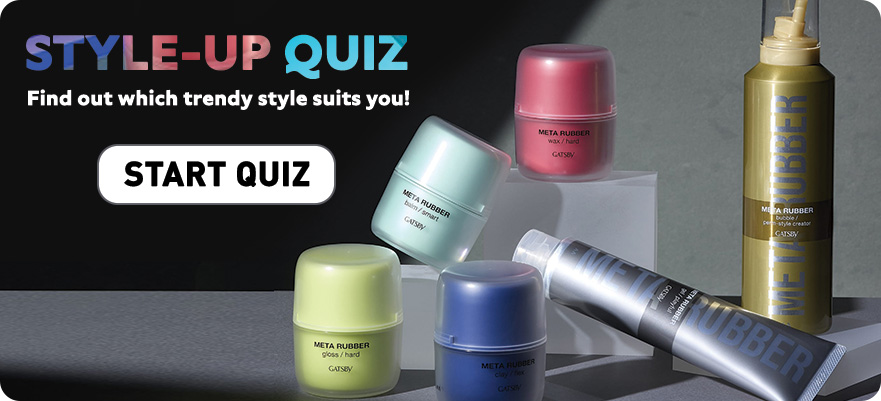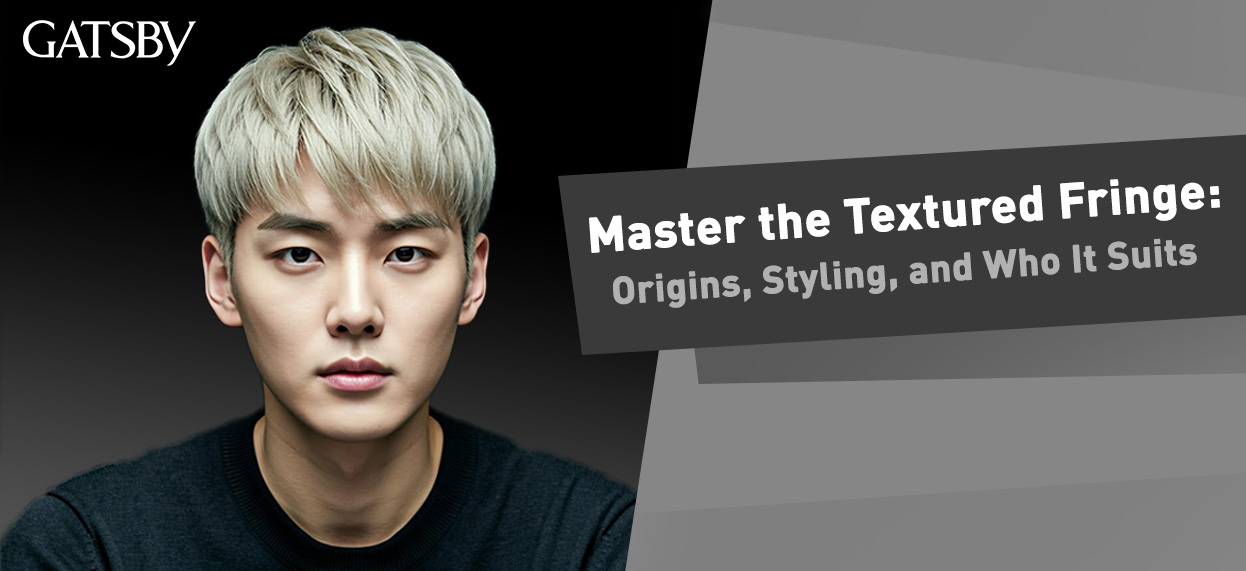Master the Textured Fringe: Origins, Styling, and Who It Suits | GATSBY
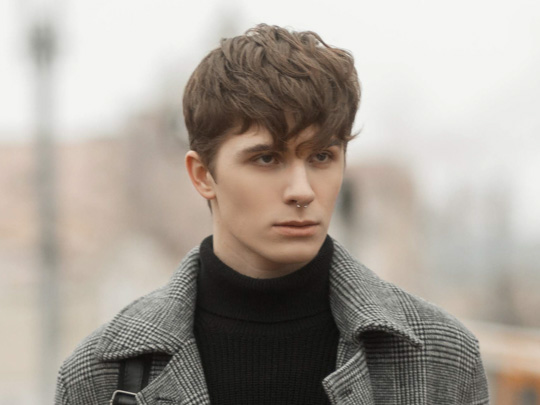
What is a Textured Fringe?
A textured fringe features hair that is cut and layered at varying lengths to create depth and movement, with the longer strands falling naturally across the forehead. Unlike blunt or straight-across bangs, this style focuses on a carefree aesthetic. The texture is often enhanced with layering techniques, making it ideal for achieving that "just rolled out of bed, but still chic" look.
This hairstyle works for a wide range of hair types, including:
- Straight Hair: Adds movement and volume.
- Wavy Hair: Enhances natural waves for a laid-back finish.
- Curly Hair: Lets curls shine while adding definition to the fringe.
Origins of the Textured Fringe
The roots of the textured fringe can be traced back to the 1970s and '80s, when messy, layered hairstyles gained popularity, influenced by punk rock and grunge subcultures. Musicians and style icons like David Bowie and Mick Jagger made layered hair with forward-styled fringes iconic.
The resurgence of the textured fringe in the 2020s is a testament to how nostalgic fashion cycles resurface in modern, refined forms. Today, it’s a favorite among celebrities and influencers, blending effortlessly into both casual and high-fashion settings.
Why Is the Textured Fringe So Popular?

1. Universal Appeal
One of the key reasons for its popularity is its versatility. The textured fringe works with almost any face shape and hair type, making it an inclusive style for men of all ages.
2. Effortless Style
In an era that prizes effortless, “I woke up like this” looks, the textured fringe delivers. With its messy yet purposeful finish, it hits the sweet spot between casual and put-together.
3. Celebrity Influence
Celebrities like Timothée Chalamet, Zayn Malik, and K-pop idols have catapulted the textured fringe into mainstream culture. Their ability to adapt the style for red carpets and music videos has made it aspirational yet accessible.
4. Low-Maintenance Grooming
This hairstyle doesn’t demand excessive effort. With the right cut and a bit of styling product, you can achieve a professional or casual look in minutes.
Who suits the Textured Fringe and who doesn’t?
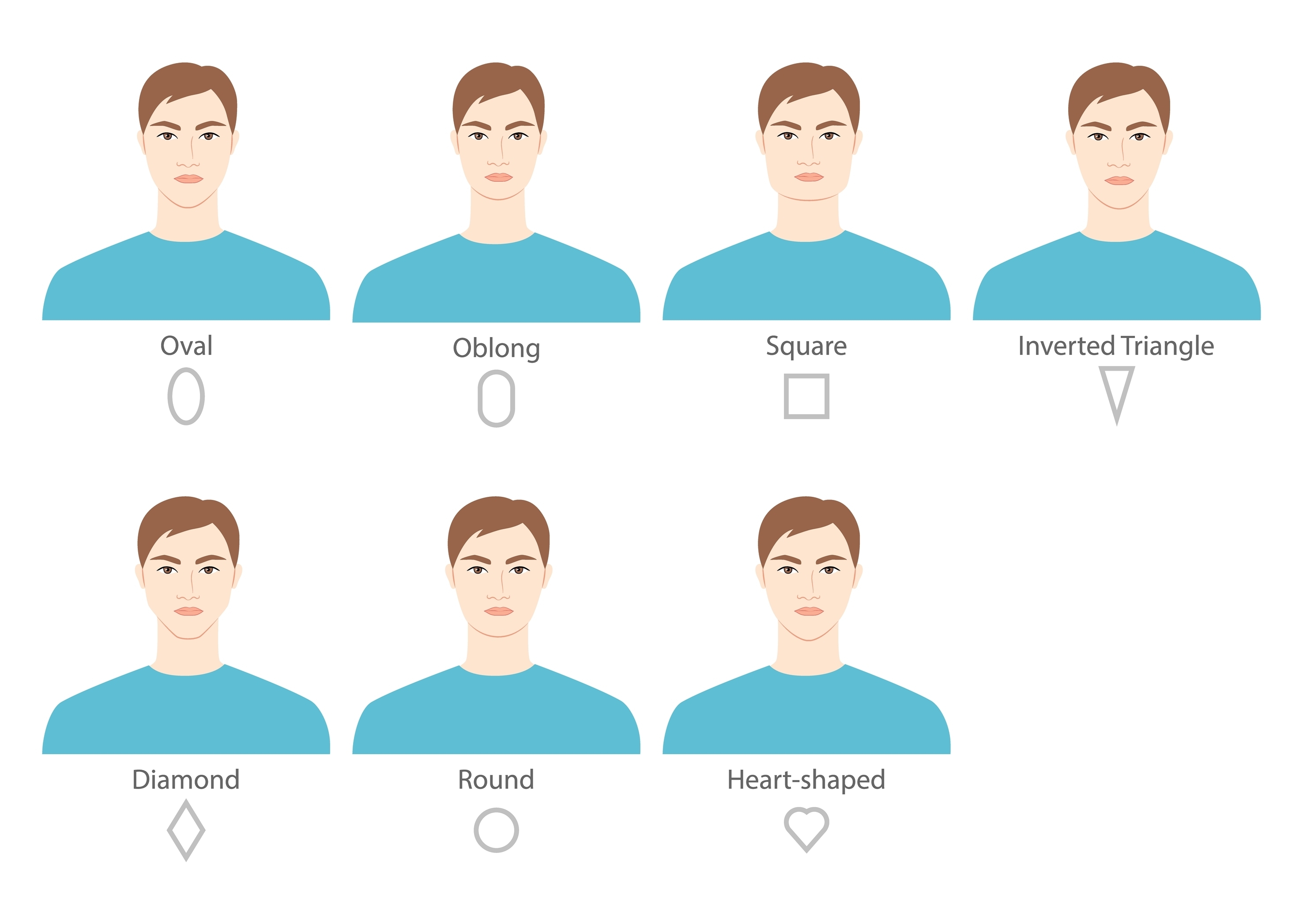
Face Shapes
A textured fringe is incredibly adaptable and can complement a variety of face shapes:
- Round Faces: A textured fringe with added height and layers helps elongate the face, balancing out softer features.
- Square Faces: The softness of the fringe can offset angular jawlines, creating a harmonious
- Oval Faces: Oval is the most versatile face shape, and a textured fringe works effortlessly, enhancing natural symmetry.
- Heart-Shaped Faces: A longer fringe that tapers at the sides softens a wider forehead while drawing attention to the cheekbones.
Hair Types
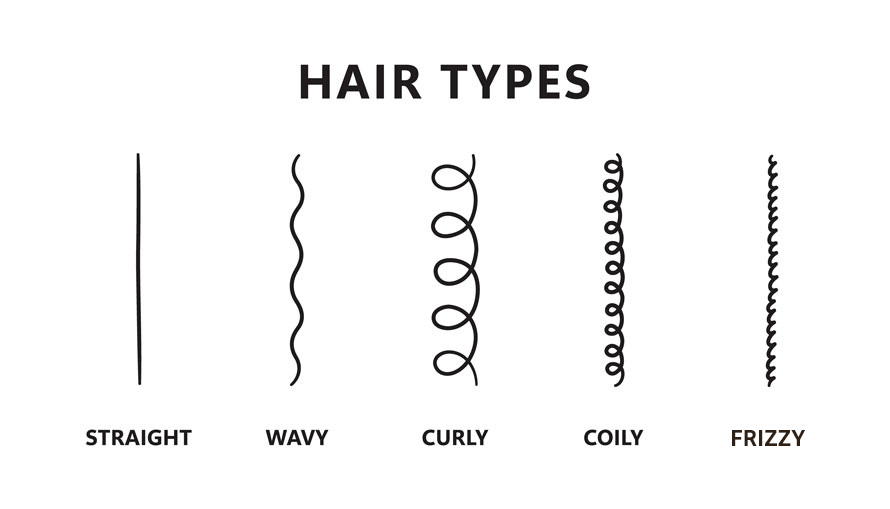
The textured fringe works with all hair textures, but slight adjustments can make it even more flattering:
- Straight Hair: Layers add much-needed movement and prevent the fringe from looking flat.
- Wavy Hair: Embrace your natural texture for a carefree, tousled appearance.
- Curly Hair: Keep the fringe slightly longer to highlight curls and create a bold, dynamic look.
- Thick Hair: Texturing thins out heavy layers, preventing the fringe from feeling bulky.
- Fine Hair: A shorter, choppier fringe adds the illusion of volume.
It may not suit
- Extremely Receding Hairlines: Drawing attention to the hairline can make thinning more noticeable.
- Highly Angular Features: If your features are very sharp, a highly layered fringe might appear too busy—opt for a softer version.
How to Get the Perfect Textured Fringe?
Step 1: Barber Instructions

Ask for uneven, choppy layers for texture.
Decide on fringe length: above eyebrows for short, longer for dramatic.
Pair with tapered sides, a fade, or an undercut for structure.
Step 2: Prep Your Hair

Use a lightweight shampoo to avoid weighing down hair.
Towel-dry hair and spritz sea salt spray for grip.
Step 3: Styling Techniques
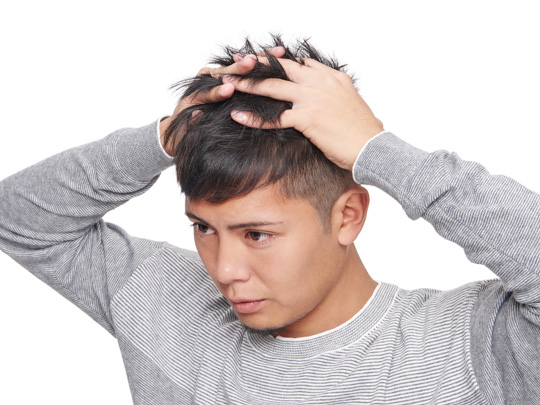
For Casual, Tousled Look
Blow-dry with fingers for volume.
Work matte clay or texturizing wax through the fringe to define layers.
For Sleek, Polished Look
Blow-dry with a round brush for lift and shape.
Apply light pomade and comb for a controlled finish.
Step 4: Maintenance
Trim every 4–6 weeks to keep the fringe fresh.
Use minimal product to avoid greasiness.
If possible, bring reference photos to show the exact look you’re aiming for. Don’t forget to discuss the length on top and sides, and ask for advice on how to maintain the style based on your hair type and lifestyle.
Common Mistakes to Avoid
Overloading on Product: Less is more—too much product can make your fringe look greasy.
Ignoring Hair Type: Tailor the fringe to your natural texture for the best results.
Neglecting Maintenance: A textured fringe thrives on fresh layers, so don’t skip trims.
Conclusion
The perfect textured fringe is all about balance—structured enough to look intentional, but relaxed enough to feel effortless. With the right cut, styling products, and a bit of technique, you can master this trending hairstyle and make it your own.
